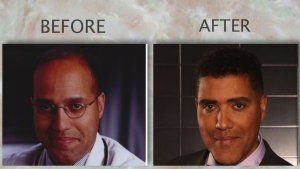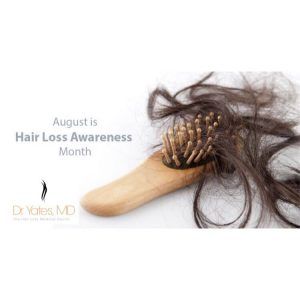What is the Recovery Time for Scalp Micropigmentation?
- By Testing Testing
- •
- 18 Aug, 2015
- •
What is the Recovery Time for Scalp Micropigmentation?
The most exciting part of getting a hair loss treatment is being able to see results and getting back to your daily routine. How long you will need to wait will depend on which type of hair loss procedure you decided on. There are some treatments that will take four months or longer in order to start to see signs of the treatment’s success. Scalp micropigmentation, however, offers patients one of the quickest recovery periods and very fast results.
Scalp Micropigmentation was derived from the art of tattooing, a crude procedure that was used years ago. Technology has dramatically improved this procedure, and the enhancements have helped to develop this new technical procedure that is very precise in its implementation. Scalp Micropigmentation is different from the old tattoo treatment and is no longer just considered to be a work of art. Scalp Micropigmentation is a camouflaging agent that gives the appearance of having hair and is a viable option even for those who are completely bald.
Scalp Micropigmentation allows for patients to be treated for their hair loss in a relaxed and comfortable manner and is an excellent hair loss solution. Before getting treated, any existing hair will need to be shaved off so the hair loss physician will have an unobstructed view of the scalp. Different pigments will then be layered on the scalp to provide the most natural looking results. The patient may experience some minor discomfort throughout the procedure, but many patients said they became used to the sensation during treatment.
Each Scalp Micropigmentation treatment session will take about three hours and most patients will need at least two sessions in order to obtain the desired results. A week after treatment, patients will be asked to come back in order to be checked. A week will allow for the pigments to settle and fade and will provide a more accurate depiction of the results. The physician will also be able to determine how they should layer the next set of pigments on the patient’s scalp.
The wounds also have time to heal when a week is left in between treatment sessions. The pigments are injected directly into the scalp, which will cause small perforations on the surface. This is usually painless, or only mildly uncomfortable, but scabs will form on the scalp. This is a good indication that the inks have been able to penetrate deep enough under the epidermis.
An entire week is allocated for patients to recover and protocol says that the full week should be given for patients to experience a full recovery. However, the redness should subside within 2-3 days and the scabs will usually come off on the fifth or sixth day. The pigments will look pretty dark right after treatment, but they should lighten up by the end of the week. The hair pattern that is then seen may not be exactly what was expected, but this will be corrected in the next treatment session. The initial design will come into effect by the end of treatment and once the pigments have held up for a month after the last treatment, final approval will be given.
If you are experiencing some thinning hair or balding you would like to learn more about Scalp Micropigmentation, you can contact the experienced hair loss physician, Dr. Yates. He will be able to determine what is causing your hair loss and will let you know what your options are for treatment.







